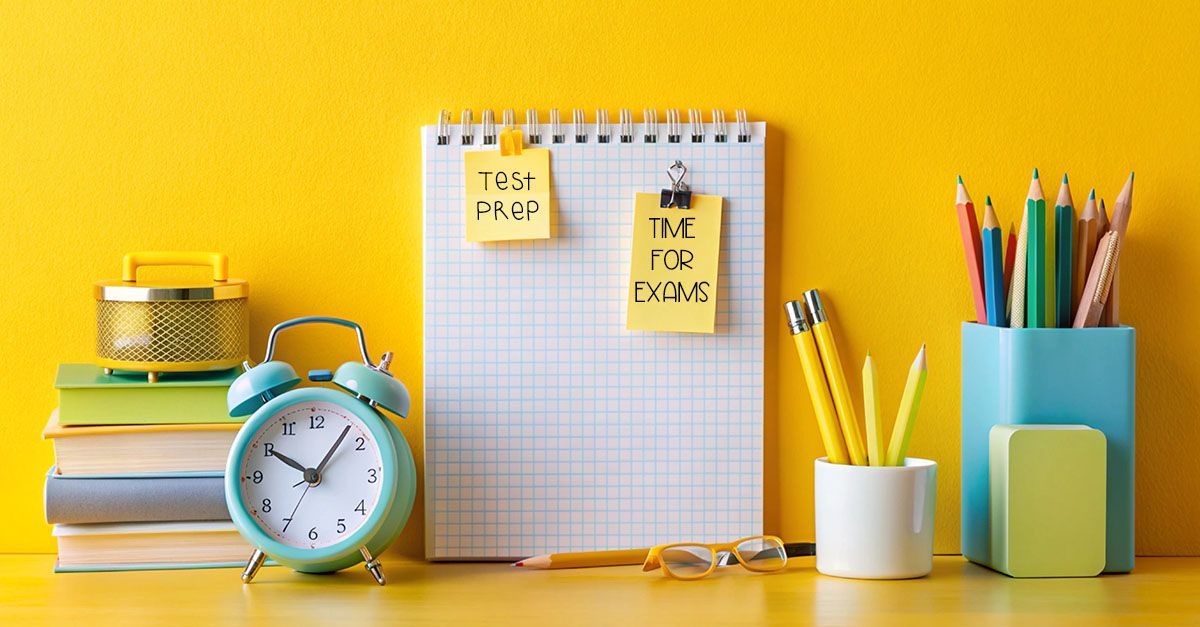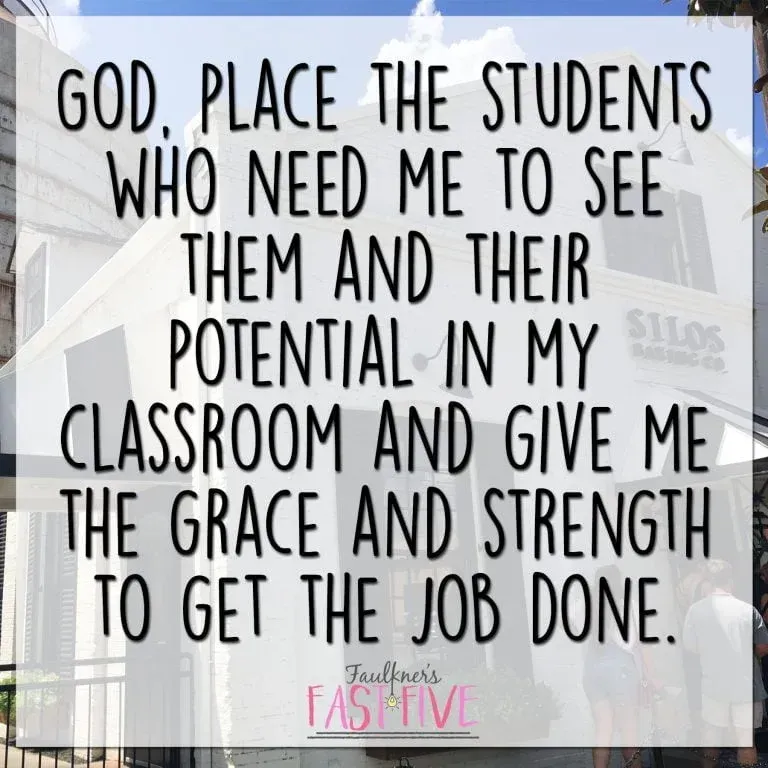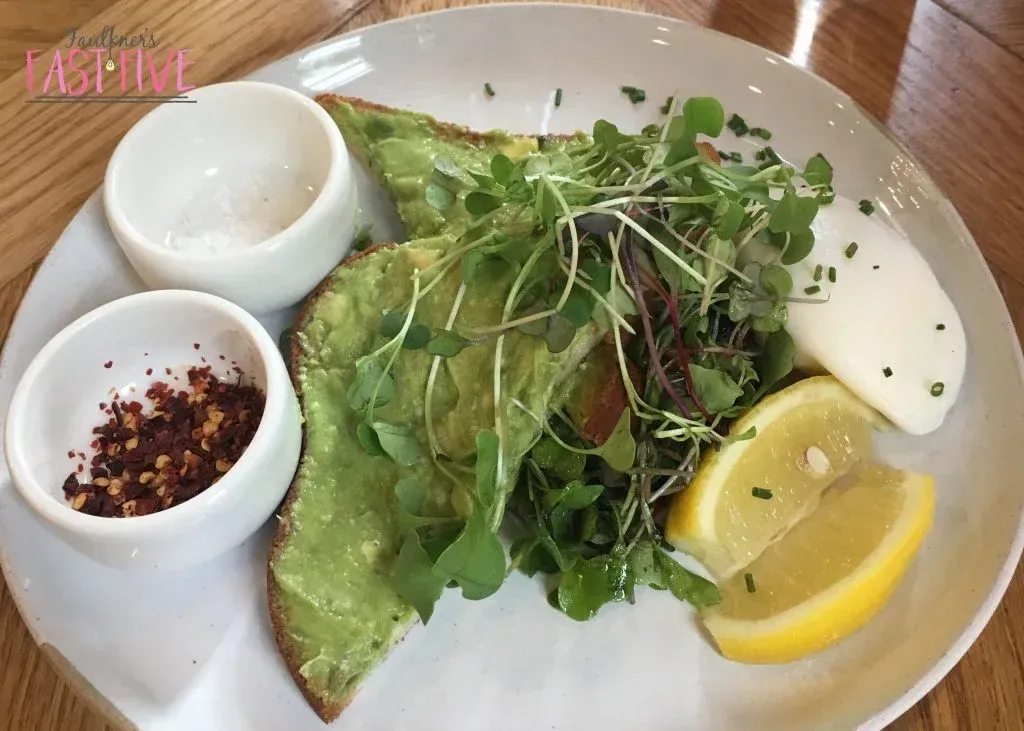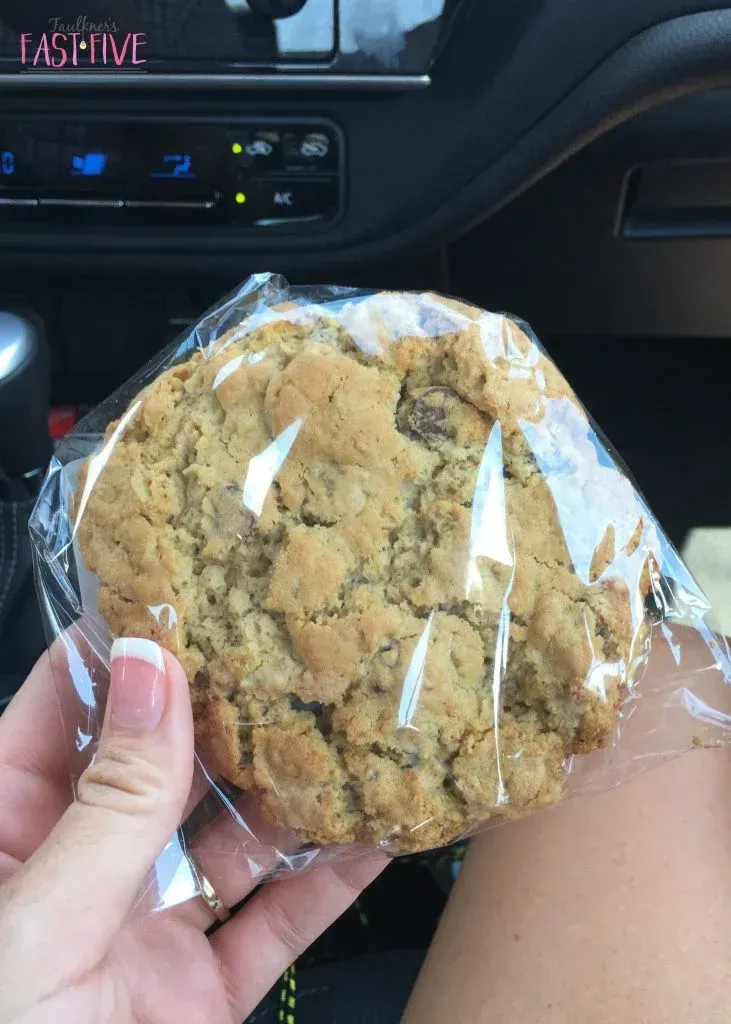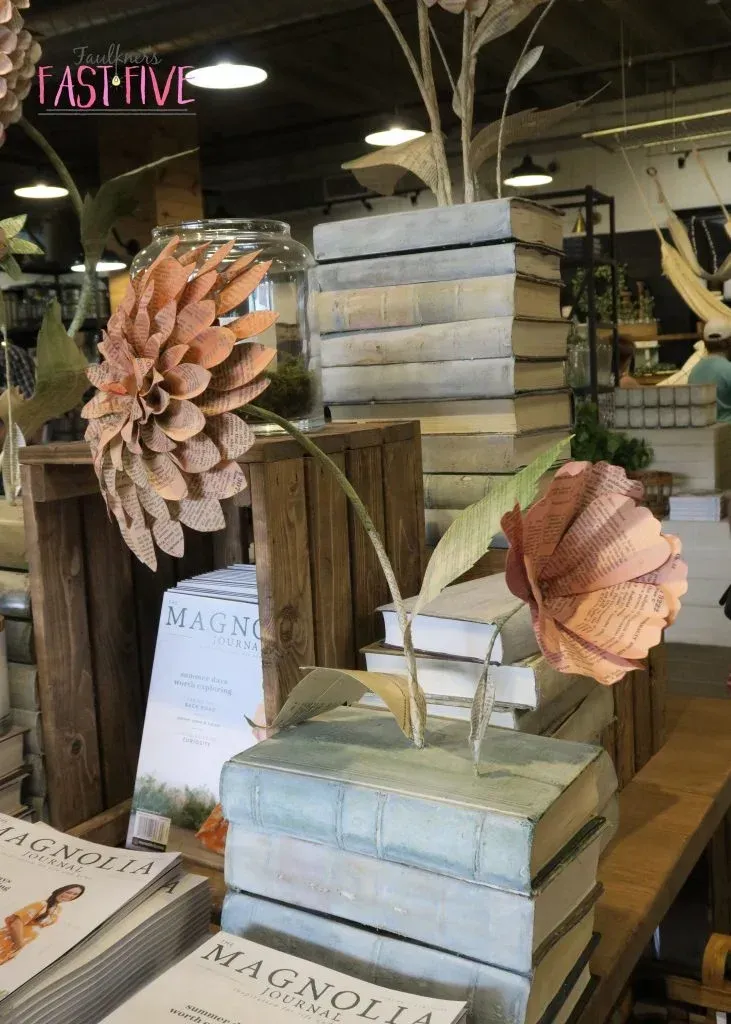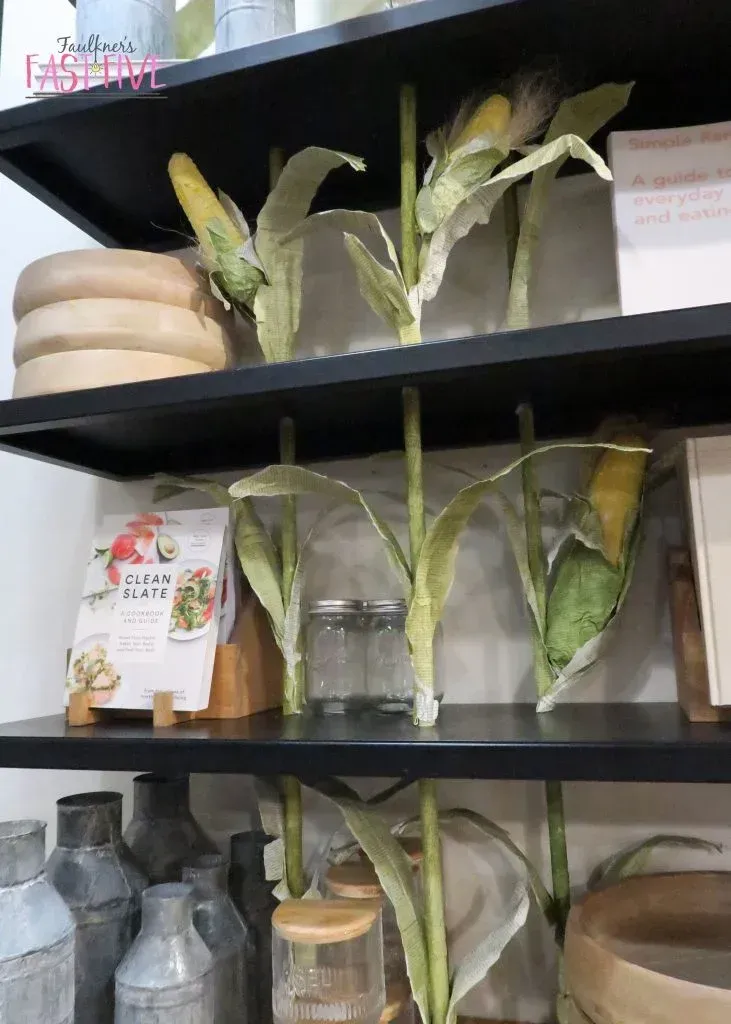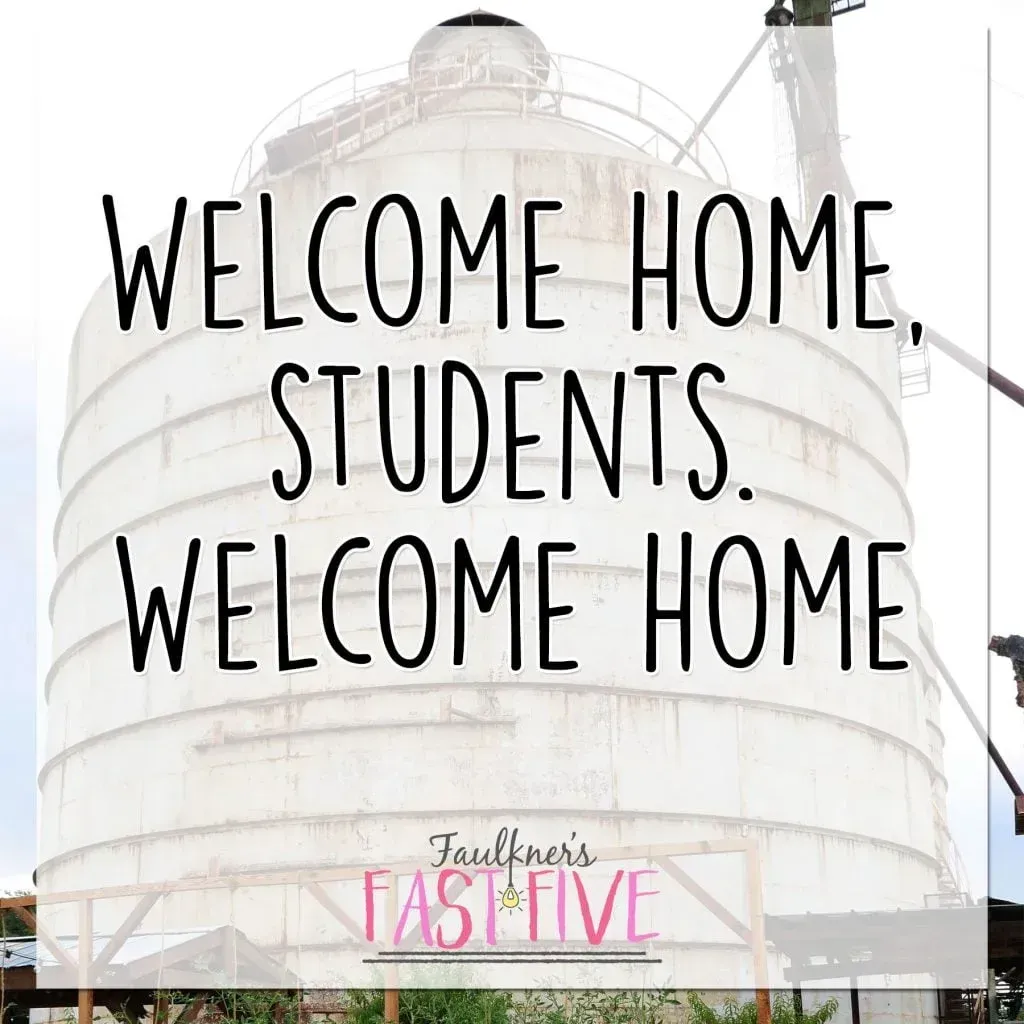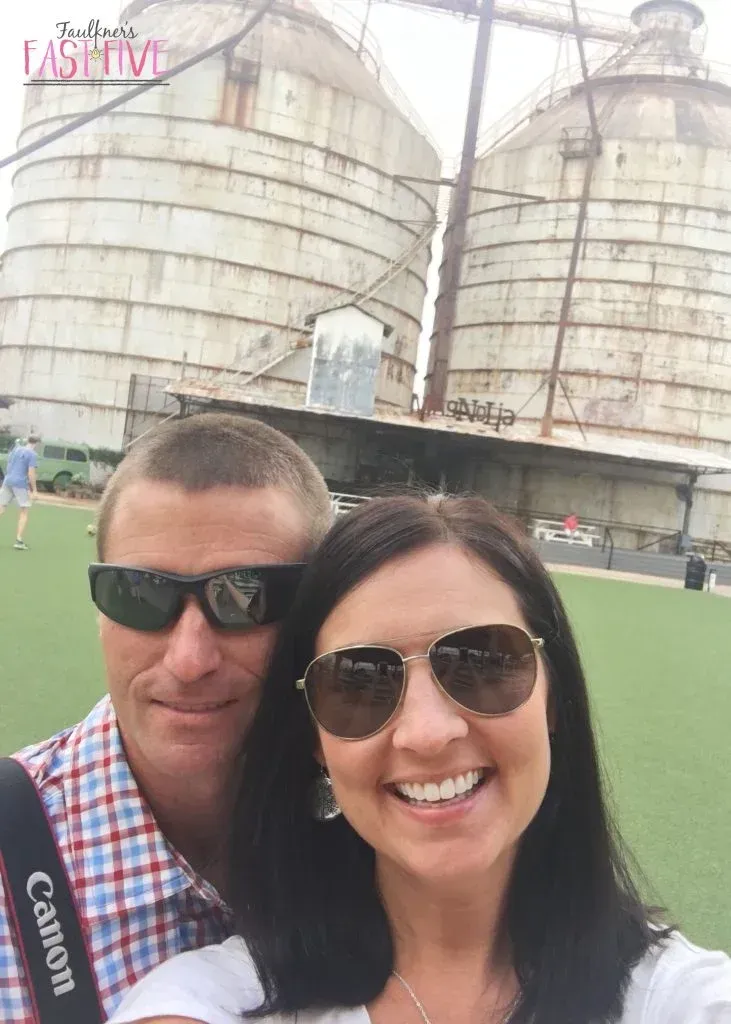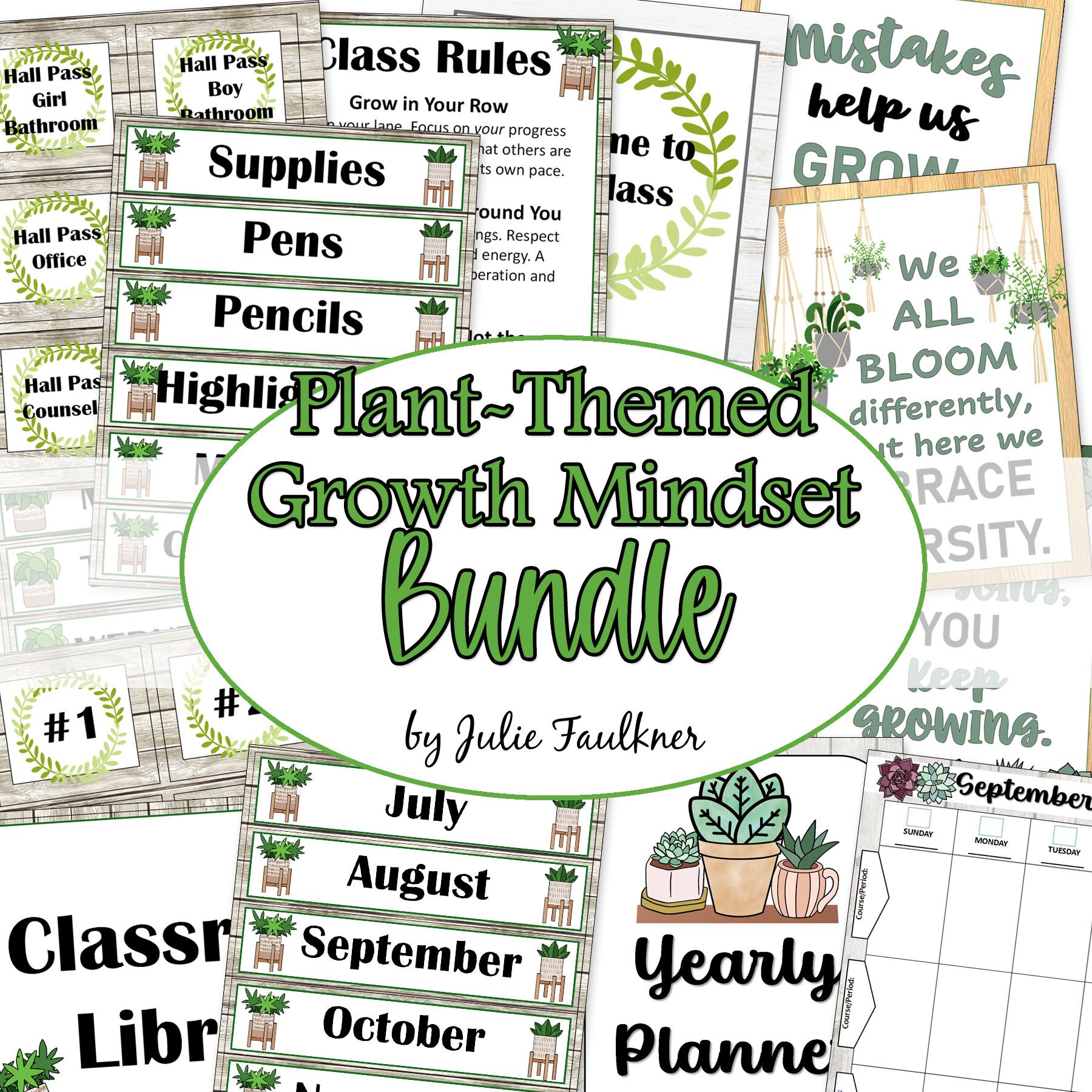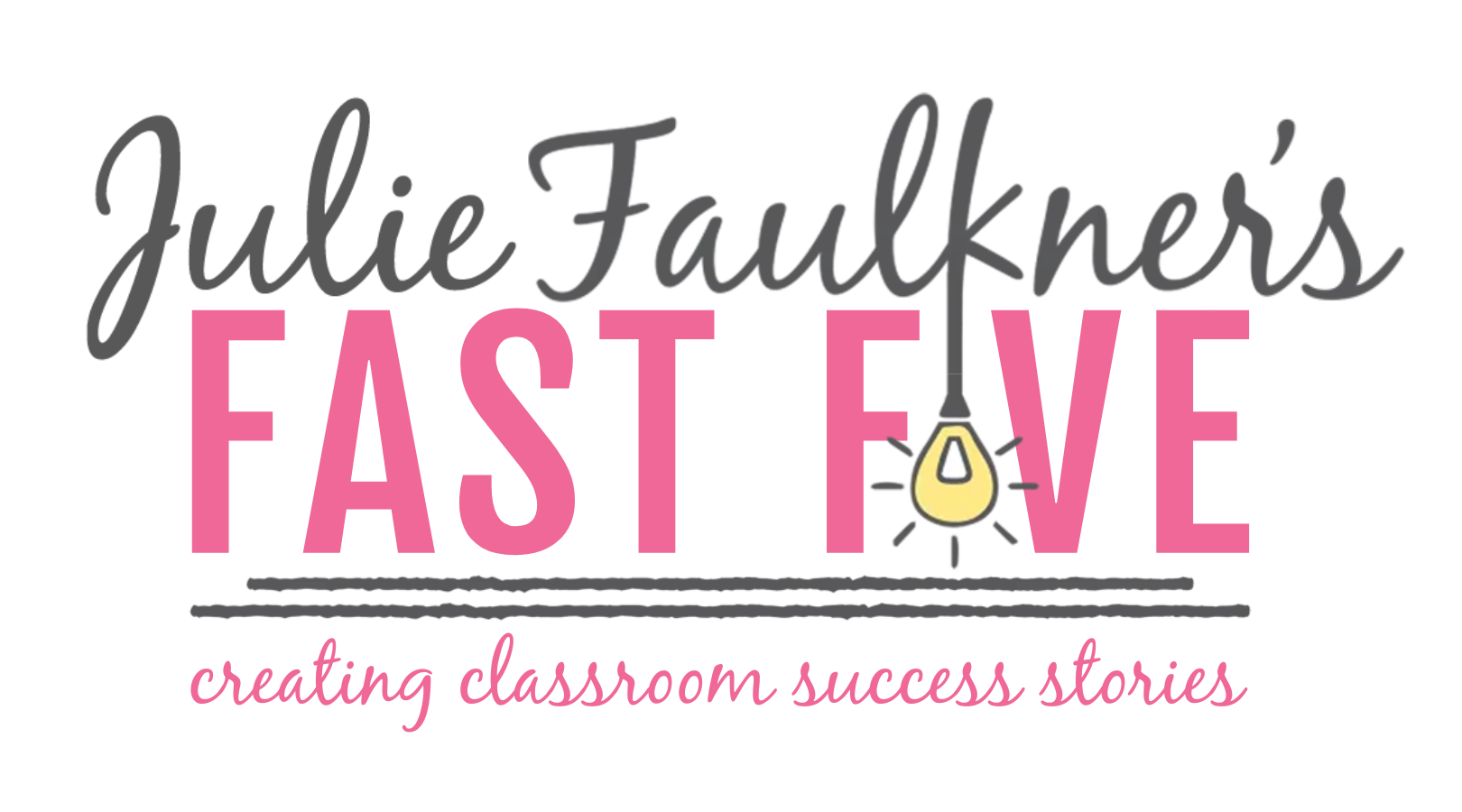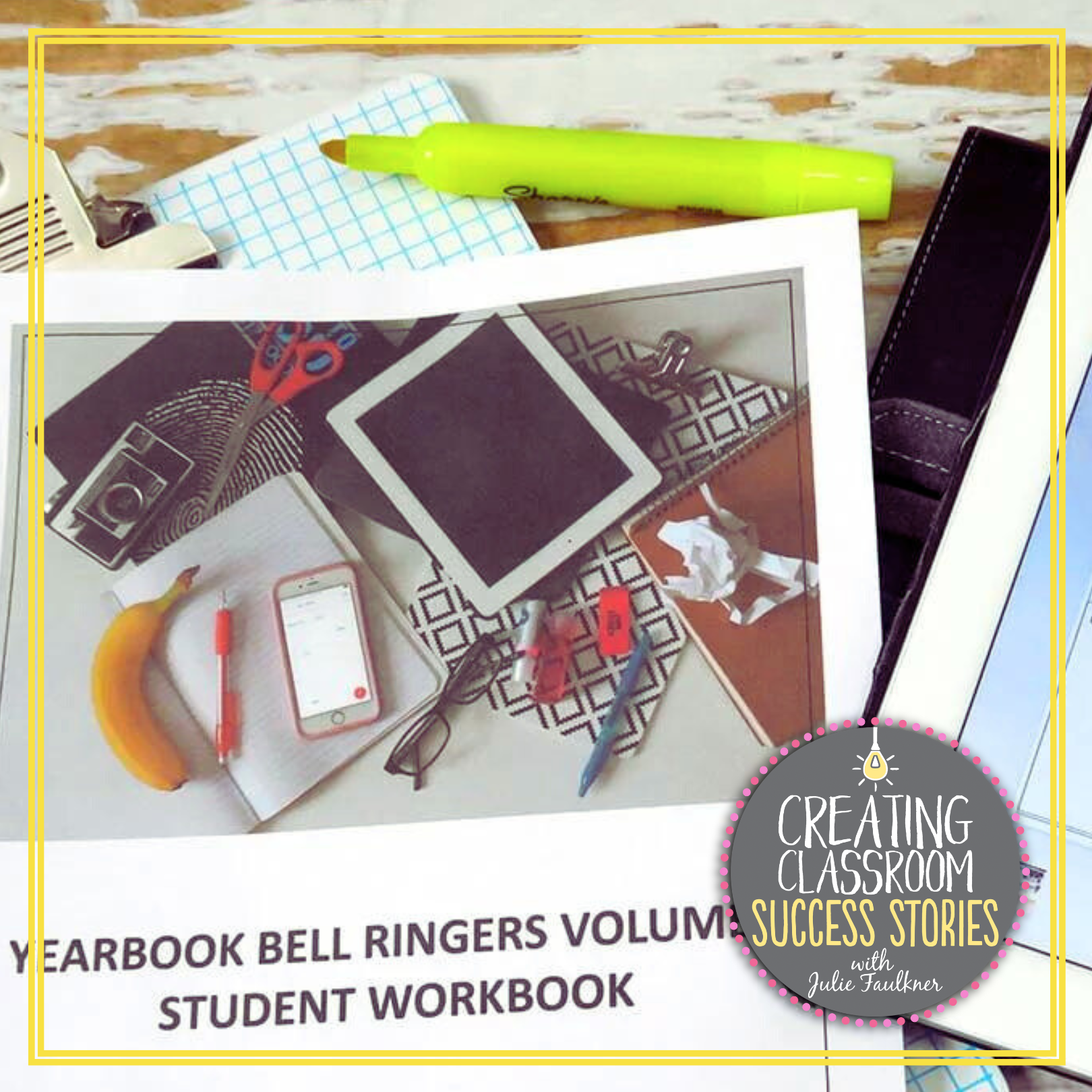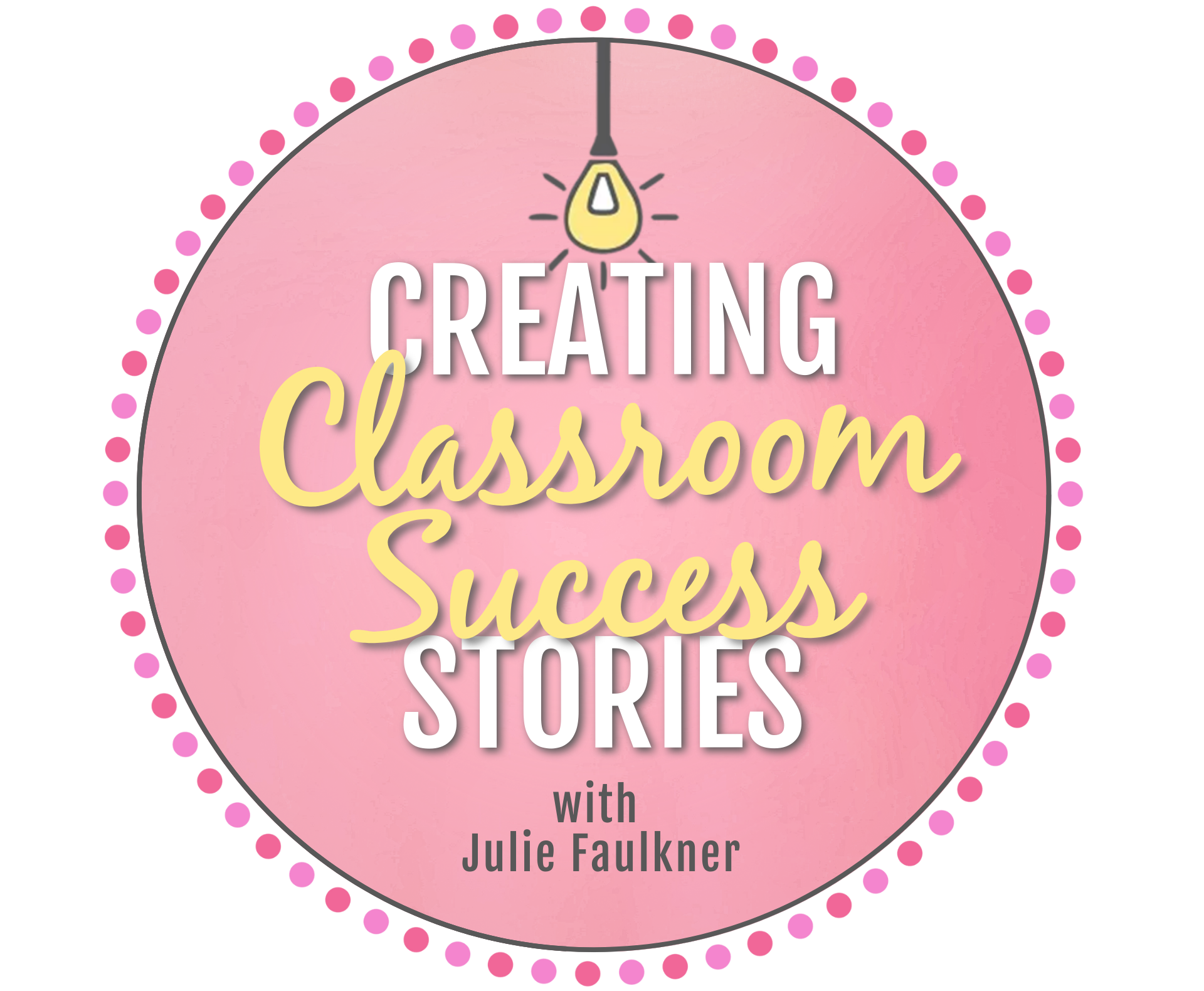Lessons I Learned from Visiting Magnolia in Waco, TX, About Classroom Management and Environment
A while back, I had the chance to visit Magnolia in Waco, Texas—a trip I’d dreamed about for years. What surprised me most wasn’t the picture-perfect shiplap or farmhouse charm (though yes, it’s everything you’d imagine). It was how deeply the space made me feel—welcome, inspired, and included. I couldn’t help but think, “This is what I want my classroom to feel like.” As teachers, we talk a lot about classroom management, learning environment, and student engagement, especially as we head into a new school year. But the best classrooms aren’t just controlled or decorated—they’re places of belonging. As I walked through Magnolia, I realized I wasn’t just on a fun trip. I was collecting inspiration for how to create a classroom culture that truly matters. If you’re a teacher looking to revamp your space or mindset this back-to-school season, here are five lessons Magnolia taught me about creating a meaningful and manageable classroom.
Make My Classroom a Place Where “Everyone has a seat at the table.”
One of the first places we visited on our trip was Magnolia Table, the beautifully renovated restaurant. We had watched the episode where Joanna Gaines remodeled the space, and I remember her saying she wanted it to be a place where people from all walks of life could come together over good food and good company. The atmosphere was just as warm and welcoming as I’d imagined, and I couldn’t stop thinking about one standout detail: the large community table with a metal sign above it that reads, “Where Everyone Has a Seat at the Table.” Created by Jimmy Don, the sign is simple but powerful—and it instantly spoke to me as a teacher.
Back then, I was teaching in a small, rural school where everyone at least knew each other's names. Now, I'm at a larger school with much more diversity—in background, culture, ability, and perspective. That sign means even more to me now. It reminds me that creating a space of belonging isn’t just about making room—it’s about making intentional room for every student’s story, voice, and value. My students come from different families, friend groups, experiences, and identities. It’s not enough to say they’re welcome—I have to actively build a classroom environment that proves it.
That means crafting class discussions where all voices feel invited, not just the confident ones. It means waiting patiently for the quiet students to open up—and celebrating when they do. It means designing materials that reflect a variety of backgrounds and thoughtfully curating reading selections so every student can see themselves—and others—on the page. Whether through conversation, curriculum, or classroom setup, I want my students to feel what I felt at Magnolia Table: that they truly belong and have a meaningful place at the table.
Turn “Nothing” Into Something Special and Memorable
If you watched Chip and Jo’s show, Fixer Upper, then you know they are in the construction business to buy houses and fix them up to sell. Many of the houses they have chosen to remodel have been forgotten by the masses. Nobody has “the guts to take on a fixer-upper,” so these houses with beautiful bones are just rotting to the ground. My husband and I do some work with construction and remodeling, and oftentimes we get into some things we want to run from. But, we have to step back and see the potential- it has good bones, they say. This one hits home hard when I think about the students in my classroom. From struggling learners to excelling learners to the well-behaved student to the trouble-maker, there’s always something that can be transformed in them. It’s when I had the struggling learners for so many years that it sometimes became hard to even want to look for the potential. We sometimes want to run in the other direction or complain about what students come into our classroom. Eventually, this became my prayer: "God, place the students who need me to see them and their potential in my classroom and give me the grace and strength to get the job done."
Any kid who comes into our classroom has the ability to grow and be transformed, and we have to be willing to pick up our tools and go to work. I don’t want to run from the challenge, but rather I want to be part of the before and after – the amazing reveal – at the end of the year. I’m honored to have been selected and placed in the role of having a small part in helping to build these students into who they will be someday.
Welcome Feedback—and Actually Use It
At breakfast, we had a lovely conversation with one of the managers who was a friend of Joanna’s mom. She, of course, asked us about our breakfast (which was amazing. More on that later.) She told us that since they are relatively new to the food industry, they are always learning. Part of that process, she said, is gathering and implementing feedback. At Magnolia, they ask visitors to give feedback via their website, and they have learned everything from how to improve processes to what new items to add to the menu.
One of the things I’ve learned over the years is to ask my students their thoughts on lessons, assignments, projects, the novel excerpt, etc. So how does that look? After we finish a lesson, I ask them what else do they need to know or do to have it. After a virtual discussion with them on their thesis checkpoints, I’ll ask them was that enough help. Do they have enough info to go forward? After we finish a project, I’ll ask them was it interesting, helpful, useful, etc. I ask them what works and what doesn’t. Some responses aren’t helpful, but most actually are. I genuinely want and need to know what I can do to help them. Plus, this process helps them to help themselves, too. The process of me asking for feedback teaches them not only how to think critically from outside an assignment, but it also shows them that I genuinely care and value their role in their own learning and in my teaching. It lets the wear the teacher tool belt, of sorts.
Differentiation Is a Must: Not Every Student Needs the Same Thing
I have been having health issues for some time, and at the beginning of the year, I found out that I was going to have to change my diet completely. I am now 100% gluten-free, and I also have to stay away from certain foods that aren’t low FODMAP. It has been a process, and in many cases, I can’t enjoy what others are eating. So, when I’m traveling, I’m always apprehensive about what choices I’ll have. Magnolia is obviously largely about enjoying food, but I had just planned to make the best of it. To my surprise, Magnolia Table has several amazing gluten-free options, and so did the bakery! I was thrilled to be able to have the French toast and the avocado toast at breakfast (we ate there twice LOL). This was amazing for two reasons: French toast is one of my favorite breakfast dishes, and the avocado toast was one of Jo’s specials. Then we visited the bakery, and while I didn’t get to try the “wow” cupcakes (according to my hubby), I was able to select from three tasty cookies. Even one of the food trucks on the lawn at the Silos had a unique option for me to try. Now, not every dish was available in gluten-free; no cupcakes were either; and not every food truck was able to make a gluten-free creation. The fact still remains, though, that some of the most important items had been differentiated.
In our classrooms, differentiation and inclusion is important because some kids have specific needs that must be met differently in order for them to be healthy, educationally speaking. One size certainly does not fit all when it comes to instruction. We have to offer a different creation that they can digest. That is not to say that everything we do needs to be created all anew. If I did that for every class of 28-34 students I had for three sections, I wouldn’t survive even one semester. It is not feasible to make 20 different flavors of this or that or 20 different math worksheets. What we can do is recreate what is necessary and work to provide extra support and options on other items where time, energy, and personnel allow. Menu boards, task cards, video links, pre-annotated texts, or dictionaries all provide differentiation in ways that make it possible to serve all learners without exhausting yourself. In some cases, we may even have to face that not all students will complete all tasks – but what we can ensure is that all students complete the task that allows him or her to grow and feel fulfilled.
Create an Experience, Not Just a Lesson
One of my biggest takeaways from Magnolia was how the environment made me feel. Sure, everything was beautifully designed—of course it was, that’s what Chip and Joanna Gaines do. Their signature style has influenced the entire design industry, showing the world how intentional details can transform a space into something that feels like home. But, it wasn’t just about furniture or lighting. The spaces smelled amazing. They were clean and thoughtfully arranged. There were little nods to books and literacy—things that made me smile. But the most impressive detail? At every single door, there was a staff member waiting to open it, smile, and say, “Welcome.”
Welcome.
That small word left a big impression. It wasn’t performative—it was heartfelt. And it reminded me that how people feel in a space matters more than anything else.
I want my students to feel the same way when they enter my classroom: invited, seen, and wanted. I greet them at the door as they enter, and tell them goodbye when they leave. They're only with me for a short part of the day, but I want those few minutes to communicate, “You belong here.”
Your classroom doesn’t have to be Pinterest-perfect. It doesn’t need fancy lights or matching bins. But small things—like a calm scent, a sense of order, and a smile at the door—go a long way.
It’s true what they say: people might not remember what you said, but they’ll remember how you made them feel.
Welcome home, students. Welcome home.
Read my blog post: Plant-Themed Classroom Inspired by My Trip to Magnolia
Conclusion
There’s something powerful about stepping away from your usual surroundings—especially in the summer. Travel gives us fresh eyes. But as teachers, it doesn’t take long before we start thinking about how what we see and feel can translate back into our classrooms. Whether you're decorating your classroom, planning your first week, or just wanting to reframe your mindset, I hope these Magnolia-inspired reflections give you a spark. Here’s to going back-to-school rested, recharged, and ready to make every student feel at home.
Shop some Magnolia-Inspired Resources for Back-to-School
Related Post:
Trunk or Treat, but Make it Magnolia
Love this content?
Sign up for my email newsletter with more tips, ideas, success stories, and freebies!


